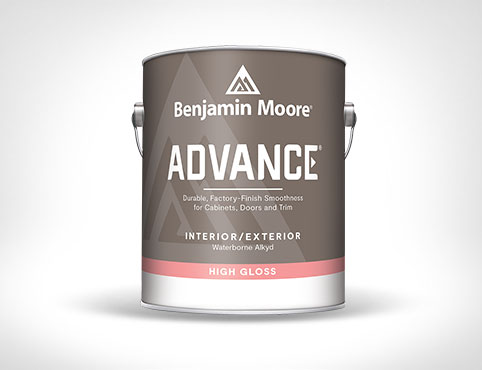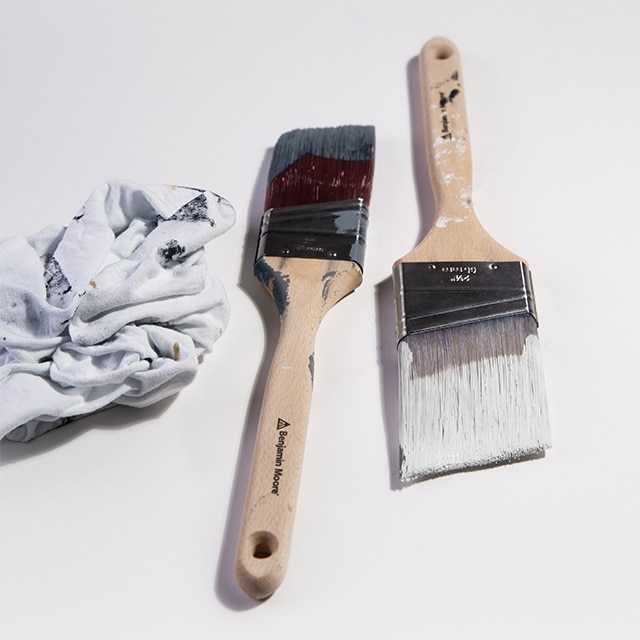

Step 1: Gather Your Trim Painting Supplies
When painting trim, you will need caulk, a sanding block, painter’s tape, a sponge, and premium Benjamin Moore products. We suggest starting with Fresh Start® High-Hiding All-Purpose Primer, which delivers maximum hide and a uniform finish, before painting trim with Advance® Interior, which goes on smooth and cures to a hard, furniture-quality finish.
You’ll also need the best brushes for painting trim. We recommend using high-quality nylon/polyester brushes. Inexpensive brushes tend to leave brush marks or lose bristles as you paint. We suggest 3.8 cm and 6.4 cm (1½- and 2½-inch) angle sash brushes for painting trim, but the experts at your locally owned Benjamin Moore store can help you determine which supplies will work best for your project.
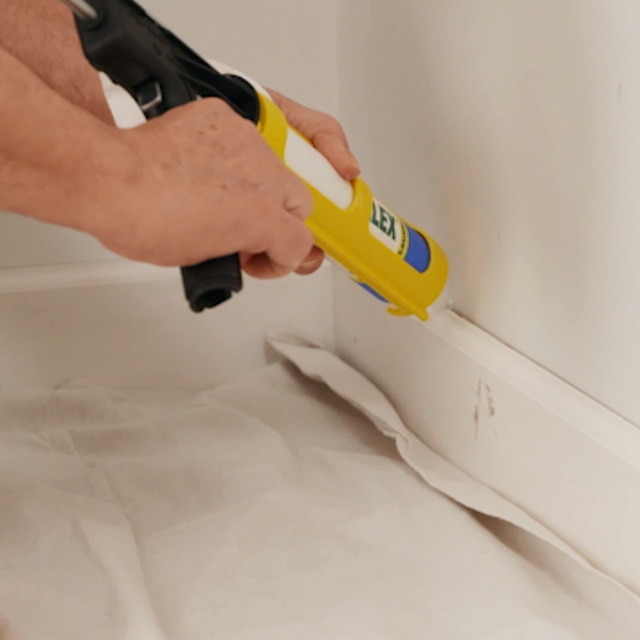

Step 2: Inspect and Repair Trim
Examine your trim and baseboards to determine if they need repairs. Fill gaps between the wall and trim with caulk, and make sure it’s fully cured before preparing the trim for paint.
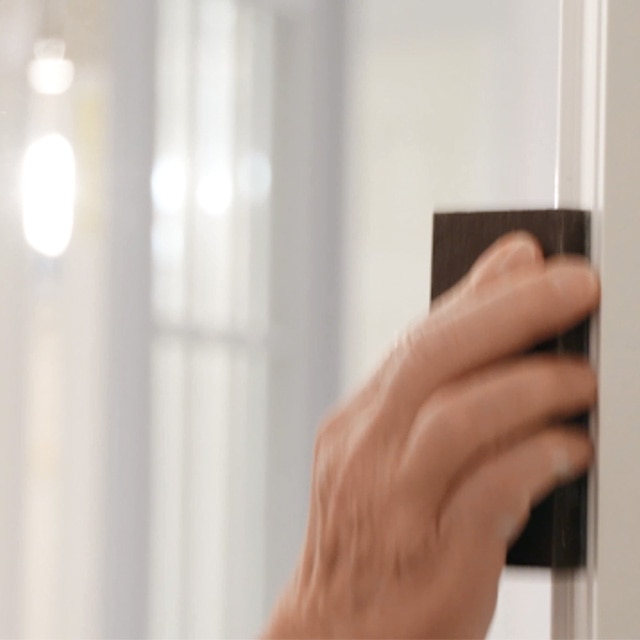

Step 3: Prepare the Trim for Paint
If the existing trim has a high-gloss finish, sand the surface before painting to help it accept the new primer or paint. Finish by cleaning the trim with a damp sponge and allowing it to dry thoroughly. To protect your walls, tape off the area adjacent to the trim.
All repairs should be primed before painting. For heavily repaired trim, we suggest applying a coat of Fresh Start primer before painting.
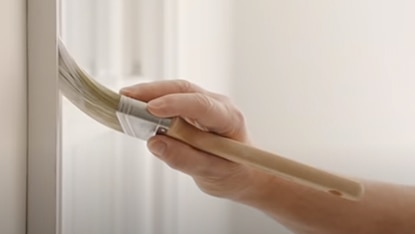

Step 4: Paint the Trim
When painting trim, remember to take your time, read all labels, and follow all instructions. The easiest way to paint trim is to start at the top and work down: crown moulding, window frames, door frames, and finally baseboards, in that order.
Dip your brush approximately a third of the way into the paint and remove excess paint by tapping the brush on the side of the can or container. Apply the paint in a smooth stroke. If you press lightly, the paint will release evenly and level off, giving you a professional-quality finish. If applying a second coat, be sure to let your first coat dry completely.
Let the paint dry thoroughly before removing painter’s tape.




